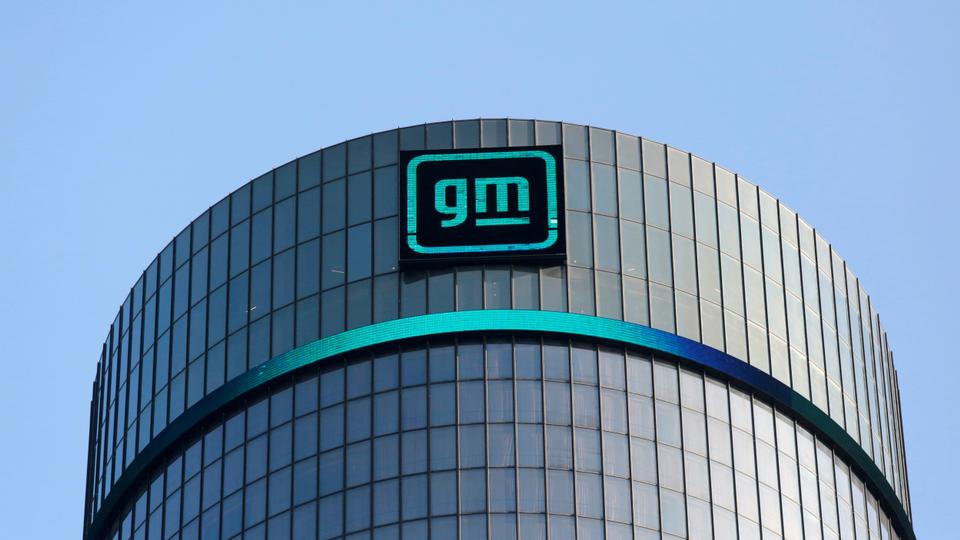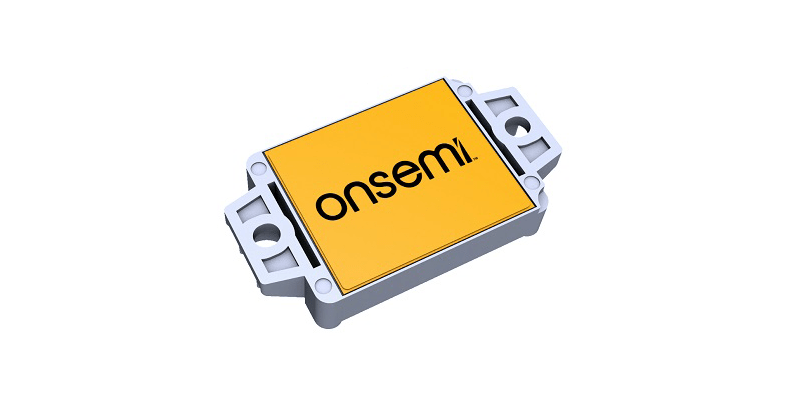During its recent Investor Day presentation, Tesla provided some insight into its upcoming next-gen EV platform and how it plans to reduce production costs. The EV maker’s executives and team members were tight-lipped about specific details, but Tesla bull investment firm Ark Invest has made some predictions based on the information shared.
According to Ark Invest, Tesla is expected to reduce vehicle costs by around 50% over the next five years, thanks in part to economies of scale as the company upgrades current factories and builds more. Tesla also plans to take on more in-house responsibilities, particularly in its battery-related efforts, and is set to introduce a new platform soon.
See also: Tesla Confirms Gigafactory Mexico for Next-Gen Electric Vehicle Production
Tesla’s Chief Financial Officer, Zachary Kirkhorn, noted during the presentation that the company is constantly working on cost reduction at every level and with the help of every team. Tesla has already cut EV costs by 50% when comparing the flagship Model S and Model X to the newer Model 3 and Model Y.
To achieve further cost reductions, Tesla plans to produce 100% of controllers in its next-gen vehicles and switch to a 48-volt battery architecture. Next-gen Tesla vehicles will also use local ethernet-connected controllers, which will make wiring harnesses less complex and enable Tesla to transition to a parallel assembly process.
Ark Invest predicts that these changes will cut costs, give Tesla more control over its supply chain at the component level, and enable the company to slash its manufacturing footprint and wasted time by 40% and 30%, respectively.
See also: Tesla’s Giga Mexico Facility Set to Begin Car Production as Early as Next Year
Tesla’s ability to reduce production costs is a key factor in the company’s success, allowing it to cut prices on its cars significantly and maintain impressive vehicle margins. As Tesla continues to innovate and improve its manufacturing processes, it seems likely that the company will continue to make strides in reducing costs and improving profitability.







